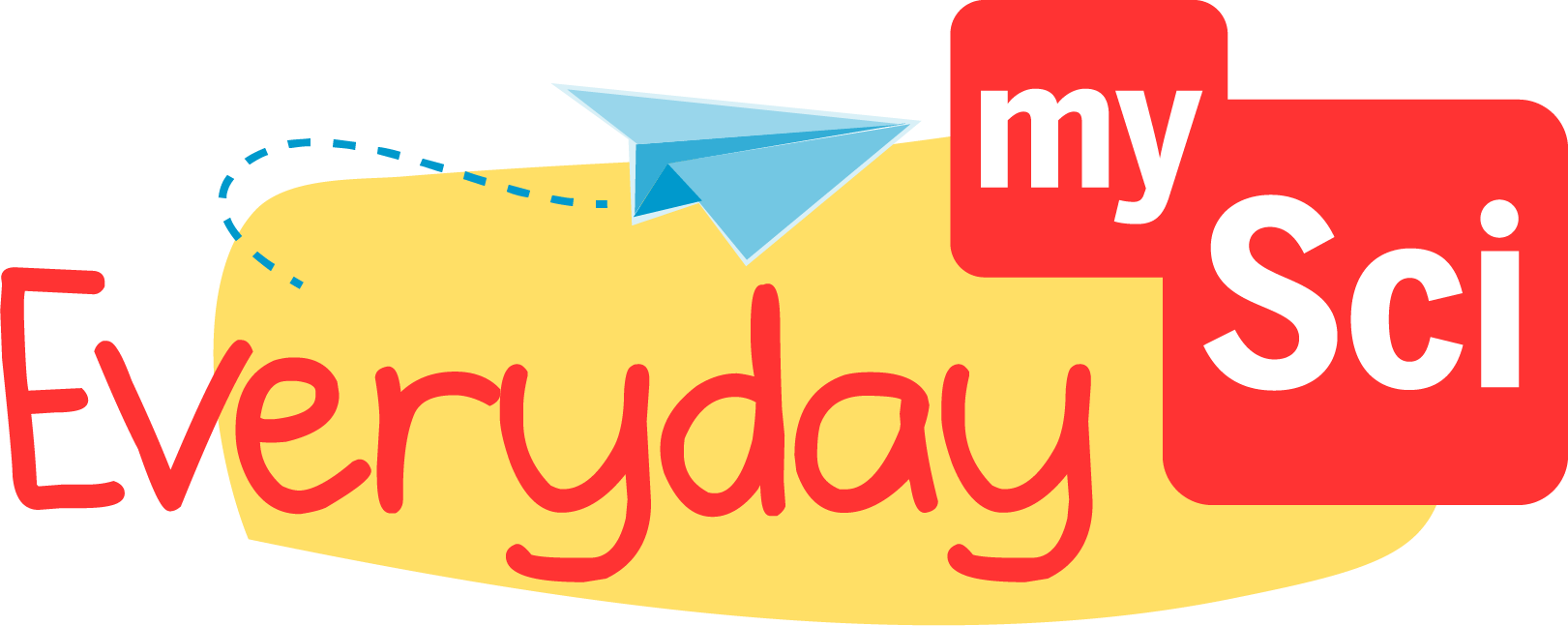
How do plants and animals interact? How do ecosystems change over time?
Activities:
Make a list of the living and nonliving things in your yard or neighborhood. Use the free iNaturalist app to identify the kinds of plants and animals in your yard or neighborhood. Try to make a food chain from things you find, or use this activity to make a food chain or web. https://www.startwithabook.org/sites/default/files/Food-Web.pdf
A habitat is a system. Try to make a system out of household items such as paper clips, string, toys, marbles, and pipe cleaners. Your system must be made of several parts that have to work together to do a specific job. Use the board game Mousetrap as an example if you have it on hand. https://hilltownfamilies.wordpress.com/2014/01/08/science-fun-of-chain-reactions
Videos and Readings:
Videos: What is an Ecosystem | Owl Pellet | Importance of Bees | Prairie Dogs | School of Fish | Drone Bees | Crinoids | Pangea
Readings: Needs of Living Things | What is a System? | Ancient Missouri | 10 Ways You Can Help Save Bees | CK-12 3rd Grade Life Science Texts | MDC Planting a Pollinator Paradise
Animals that Live in Social Groups, by Bobbie Kalman
At Home with the Gopher Tortoise, by Madeleine Dunphy
Questions to Ask:
- How do the plants and animals in our backyard interact? What would happen if one type of plant or animal was removed from our backyard ecosystem? (Example: Robins eat worms. Rabbits eat grass. If the worms were removed, the robins wouldn’t have that food source and would either find a new food source, move, or die.)
- Why do you think those animals are living together in a hive or nest? (Example: The bees are living together in a hive because they each perform a job that helps the other bees survive or reproduce. They get protection by living in a hive too.)
- Would the animals and plants in our backyard survive in a desert? In a polar region? In the ocean? Why or why not? (Example: Some animals might survive in a desert, for example, a rabbit. But other things like grass or oak trees would not survive in a desert.)
Summary Activity:
Research and brainstorm a way to improve your backyard health and biodiversity. If you have honeysuckle or other invasive species in your backyard, try to remove it or keep it cut back. Plant some native plants to attract butterflies and bees. If you can’t plant anything, try not to remove dandelions and other flowers they could use instead.
